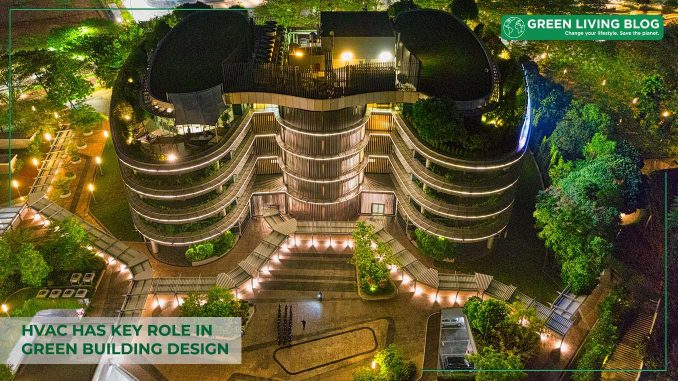
The role that HVAC (heating, ventilation, and air conditioning) plays in green building design has come a long way. In the past, people would install heating and cooling systems without considering how they might impact the environment.
However, today’s professionals understand that an eco-friendly HVAC system can help create a more sustainable home — and even save on energy costs.
Here’s everything you need to know about how this type of system impacts your green building design.
How Does an HVAC System Impact the Environment?
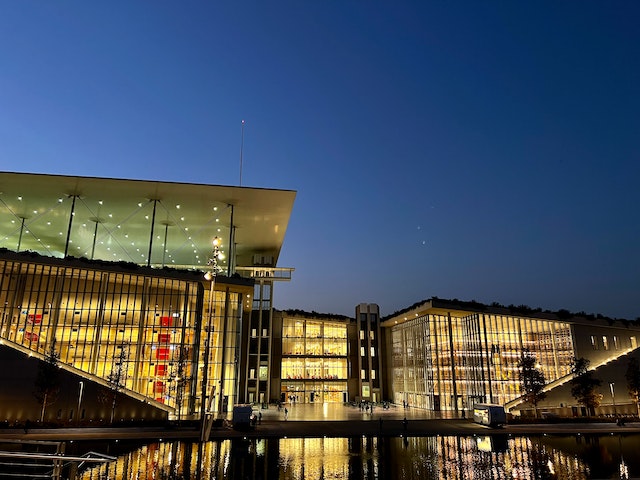
As you might already know, HVAC systems consume a lot of energy. In fact, they are one of the largest consumers of electricity in buildings. According to research, HVAC systems account for 38% of energy consumption in buildings.
Additionally, these systems account for half of the global greenhouse gas emissions in the construction of buildings — which is 39%.
And climate change is no longer a future problem. It has already begun to impact every part of our lives — from extreme weather to rising sea levels. These threaten our communities and place us at risk for illness or death.
In addition to being energy-intensive, most HVAC systems are inefficient. For example, only about half of the electricity used by heating and cooling equipment converts into useful heat or cooling. Much of the rest becomes wasted — but you can reduce the energy consumption by upgrading to more efficient models.
How Can HVAC Systems Reduce Energy Consumption?
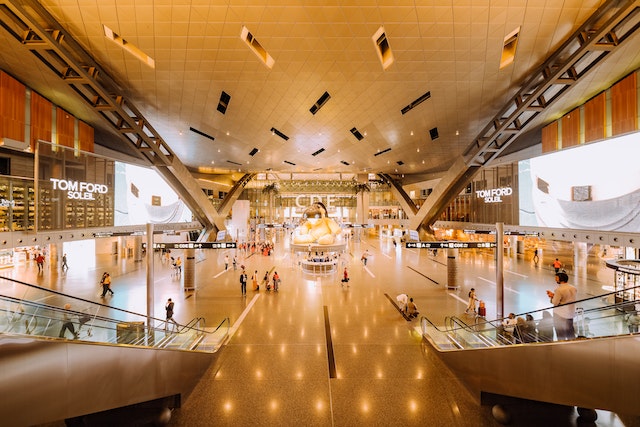
Efficient HVAC systems are designed to use less energy using more efficient technologies and design strategies. These include:
-
Configuring the system for maximum performance using the highest efficiency equipment available — such as high-efficiency air handlers and condensing furnaces.
-
Using a variable-speed motor on fans and pumps, which reduces energy use without sacrificing comfort.
-
Using chilled beam systems or heat recovery ventilators in place of mechanical cooling or heating systems. These systems allow you to save on capital costs while increasing your building’s net-zero water system efficiency.
-
Investing in an Energy Management System (EMS), allows you to optimize your building’s energy usage by sensing when you need it most. Then it adjusts accordingly and reports on performance — reducing operating costs and carbon emissions over time. An EMS also provides real-time data that you can use to verify compliance with requirements related to green buildings.
Why Does an HVAC System Matter in Green Building Designs?
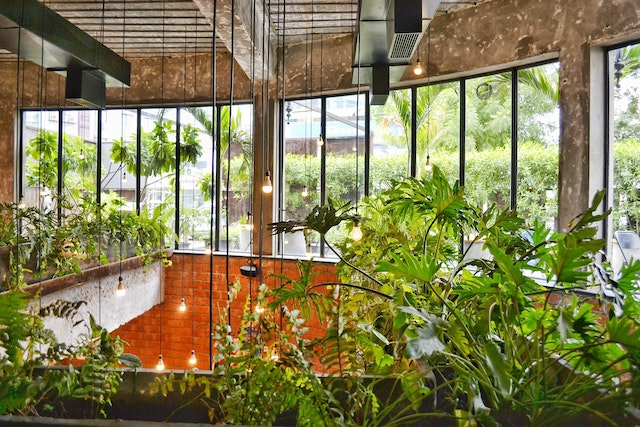
HVAC systems are important in green building design because it affects the energy efficiency of the building. An eco-friendly HVAC system can create a more sustainable building by reducing its carbon footprint.
When designing an eco-friendly HVAC system, you want to consider these three factors:
- The type of refrigerant used in the air conditioning system.
- How much airflow is required for your green building.
- What kind of heating and cooling equipment will you use on your project site.
After the installation, consider leaving a magnetic calendar in the building so the recipient may contact you for maintenance services.
Types of Heating and Cooling Equipment That HVAC Professionals Should Adopt
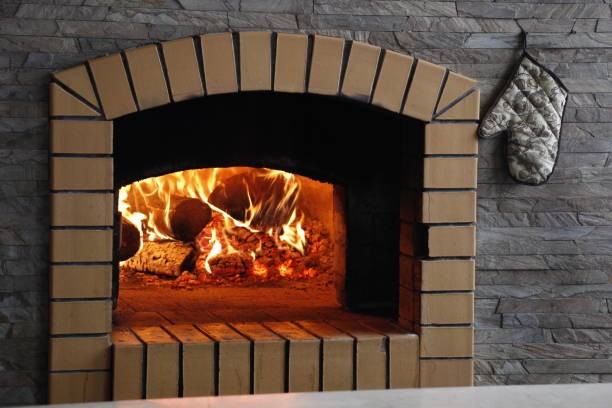
Below are the heating and cooling equipment popular among sustainable building professionals — as they are relatively affordable and easy to install. These include:
- Solar heating and cooling systems: The panel will absorb the sun’s rays and convert them into heat or electricity through the photoelectric effect.
- Geothermal heat pumps: These use the temperature difference between air and ground to pump hot or cold water through pipes called geothermal loops. They then transfer their heat energy to or from the building for heating or cooling.
- Air source heat pumps: This system uses the temperature difference between outside and inside air. That way, it can move heat energy from one place to another through a refrigerant in an HVAC unit known as an air handler. You can find out more about heat pumps here.
Ventilation Plays a Role in Green Building Design
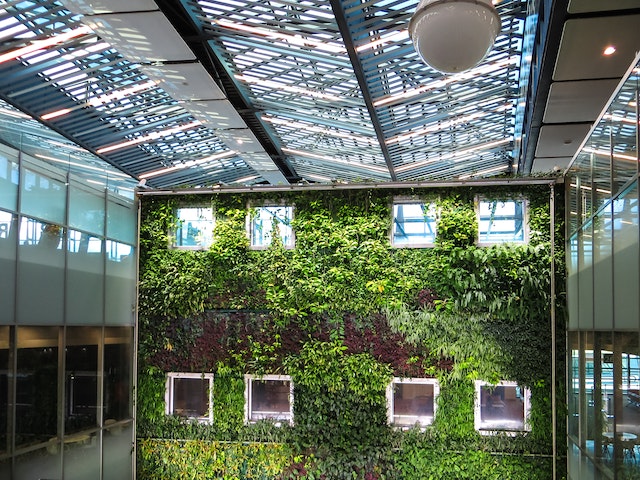
The role that ventilation plays in green building design is important because it factors in indoor air quality, moisture control, energy efficiency, and comfort.
Let’s take a look at what ventilation does for each of these things:
- Air quality: Poor indoor air quality causes health issues, such as allergies and asthma. By keeping your home ventilated properly, you can reduce the pollutants in the air — and improve the overall health of everyone in the household.
- Moisture control: Moisture buildup causes major problems in buildings because it causes mold growth — which can lead to disease outbreaks when inhaled over long periods.
- Energy efficiency: Ventilation is crucial for energy efficiency. It allows you to save on heating and cooling costs by providing fresh air and reducing the air’s moisture.
- Comfort: By maintaining proper ventilation, you can live free of pollutants and illnesses.
Centralized Heating, Cooling, and Ventilation Saves Energy
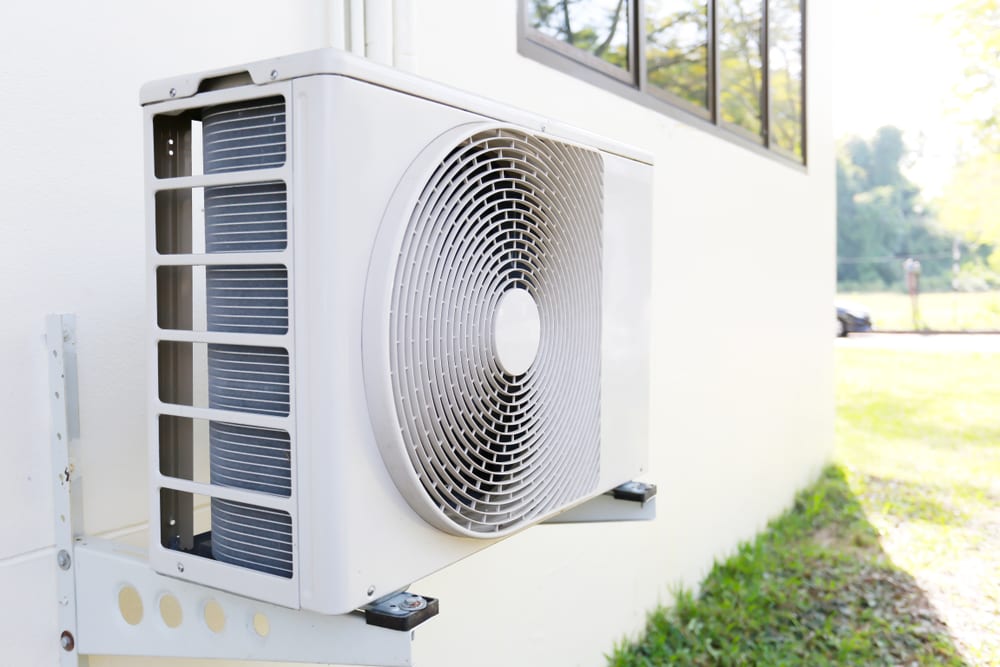
System-wide heating, cooling, and ventilation systems are much more efficient than individual ones. You can manage them from a single location, which reduces energy waste. Additionally, you can monitor and control these systems remotely, allowing for adjustments depending on the weather or time of day.
HVAC professionals can also program these systems to meet specific needs. For example, consider schools or office buildings where class starts at different times of the day. It might make sense for these buildings’ HVAC systems to turn off when no one is in attendance.
This would save energy while maintaining comfortable temperatures inside once classes begin again.
Considerations for HVAC Systems in Green Building Designs
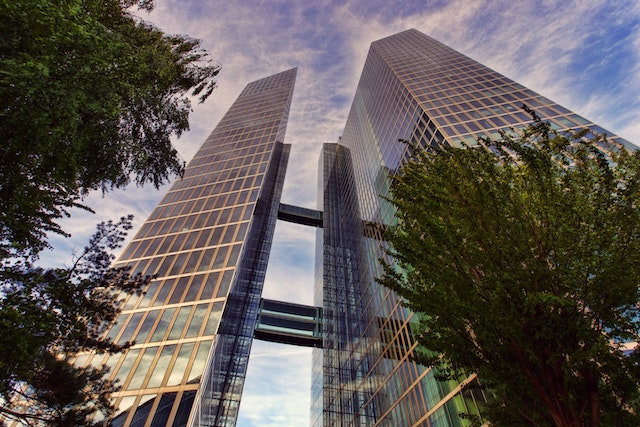
You know that an eco-friendly HVAC system creates a more sustainable home, which means you save on energy costs. In addition to the financial benefits of green building design, HVAC systems can reduce carbon footprint and improve overall health.
When designing an HVAC system, it should meet the requirements of a green building design. Here are some considerations that are best practices for all:
- Keep it simple: Create an efficient system that combines as many functions into one unit as possible — for instance, heating and cooling with dehumidification. This reduces complexity in the ductwork and makes it easier to maintain. Plus, it reduces energy consumption by eliminating the need for multiple components running simultaneously on separate circuits.
- Reduce waste: The goal should be to “close” all loops. That way, nothing is out of balance or lost along the way — such as heat generated by electronics. Minimizing waste will keep things running smoothly. Plus, there will be no need for extra maintenance when dust buildup or corrosion occurs because of proper drainage.
Take Advantage of Green Building Design
The demand for energy-efficient heating and cooling systems and green building materials has never been higher. But green building design is more than about the environment — it’s also about creating comfortable spaces for people to live and work. By incorporating green technologies into your project, you create an environment that benefits your wallet and the planet.
![]()
Author Profile
- Online Media & PR Strategist
- Blogger and Educator by Passion | Senior Online Media & PR Strategist at ClickDo Ltd. | Fascinated to Write Lifestyle Blogs in News & Education I have completed a journalism summer course at the London School of Journalism and manage various blogs.
Latest entries
 Green GuidesMay 29, 202519 Best Eco-Friendly Products, Services & Gifts – With Special Deals
Green GuidesMay 29, 202519 Best Eco-Friendly Products, Services & Gifts – With Special Deals List postMay 28, 202510 Everyday Items with PFAs (‘Forever Chemicals’) and Green Alternatives
List postMay 28, 202510 Everyday Items with PFAs (‘Forever Chemicals’) and Green Alternatives List postMay 22, 20258 Eco-Friendly & Energy-Saving Home Gadgets for Daily Routines
List postMay 22, 20258 Eco-Friendly & Energy-Saving Home Gadgets for Daily Routines Green LivingMay 15, 20258 Healthy BBQ Swaps for a Cleaner, Greener, Guilt-free Grillfest
Green LivingMay 15, 20258 Healthy BBQ Swaps for a Cleaner, Greener, Guilt-free Grillfest






Leave a Reply
You must be logged in to post a comment.